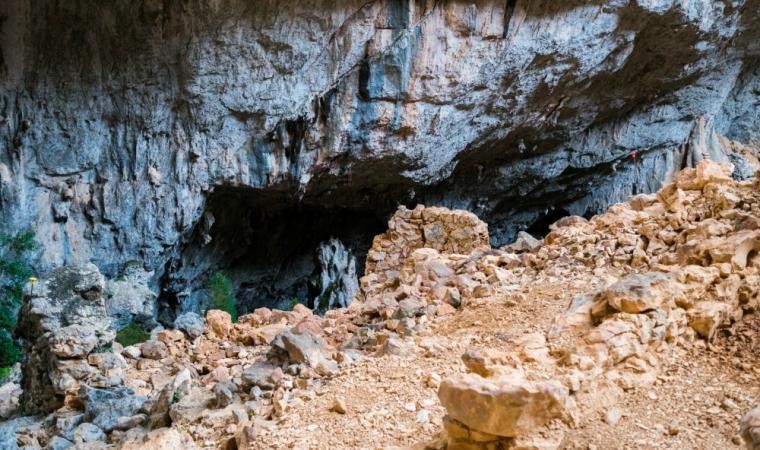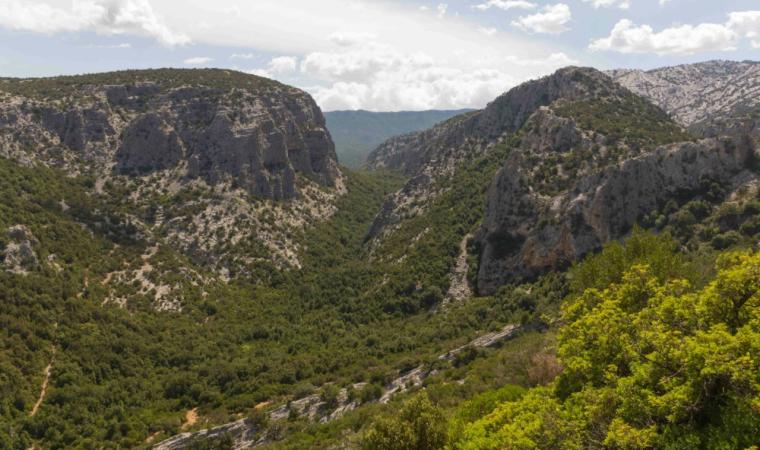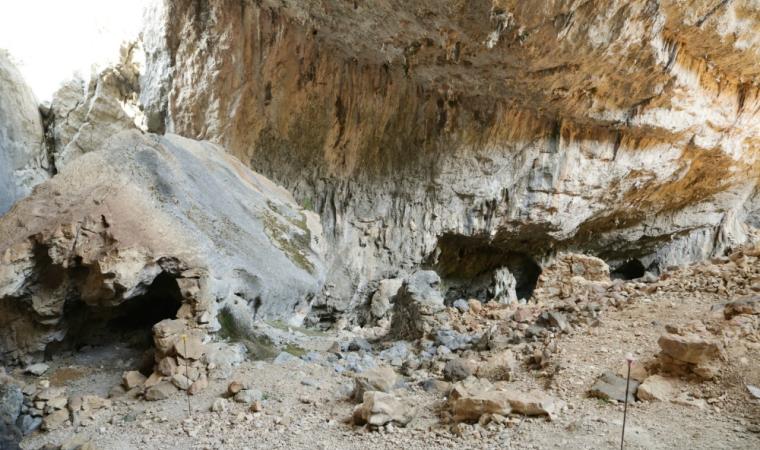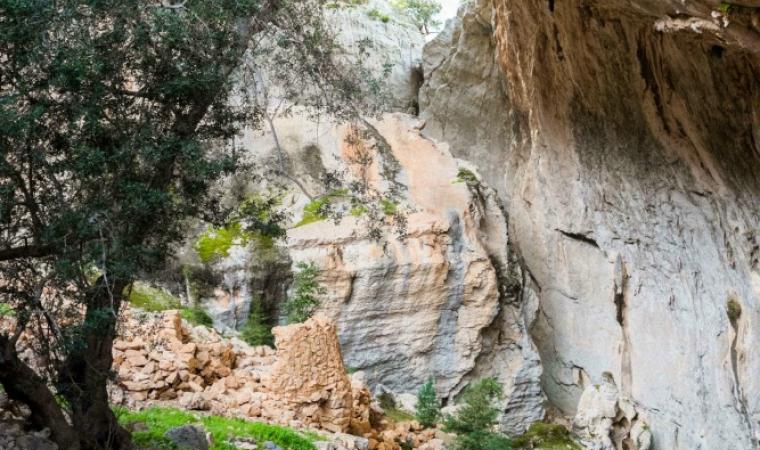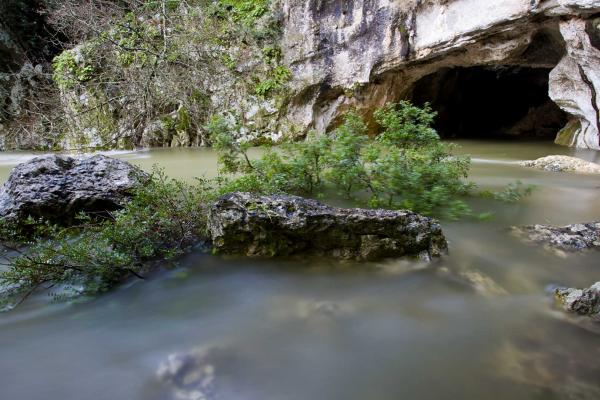It is located in a deep depression created by a deepening in the heart of the mount of the same name, in the boundary between Supramonte di Oliena and Supramonte di Dorgali. The Nuragic village of Tiscali, built along the walls of the depression and invisible until you get to the inside of the cavity, consists of two ensembles of dwellings of various sizes, built and inhabited between the 15th and 8th centuries BC. Their origins are mysterious: the building technique is different from those of other Nuragic sites. It was probably inhabited in pre-Nuragic ages. What we do know is that it was repopulated between the 2nd and 1st centuries BC, and inhabited for a very long time, perhaps up to the High Middle-Ages.

Nuragic or pre-Nuragic archaeology
In the province of Nuoro, in the deepest heart of Sardinia, there is an unusual place, hidden and mysterious, inside Mount Tiscali, where time seems to have stopped
In the province of Nuoro, in the deepest heart of Sardinia, there is an unusual place, hidden and mysterious, inside Mount Tiscali, where time seems to have stopped
See this place because...
One of the island’s most popular trekking destinations is hidden in the heart of the mountain, near Dorgali and Oliena. A place with a magical atmosphere
Pictures and videos
Admission
Paid admission
Ti piace questo luogo? Barbagia e Cala Gonone potrebbero essere la tua meta ideale.
You may also like
More attractions in the vicinity
Nearby hotels and accommodations

OLIENA
5 km

OLIENA
5 km

OLIENA
7 km

